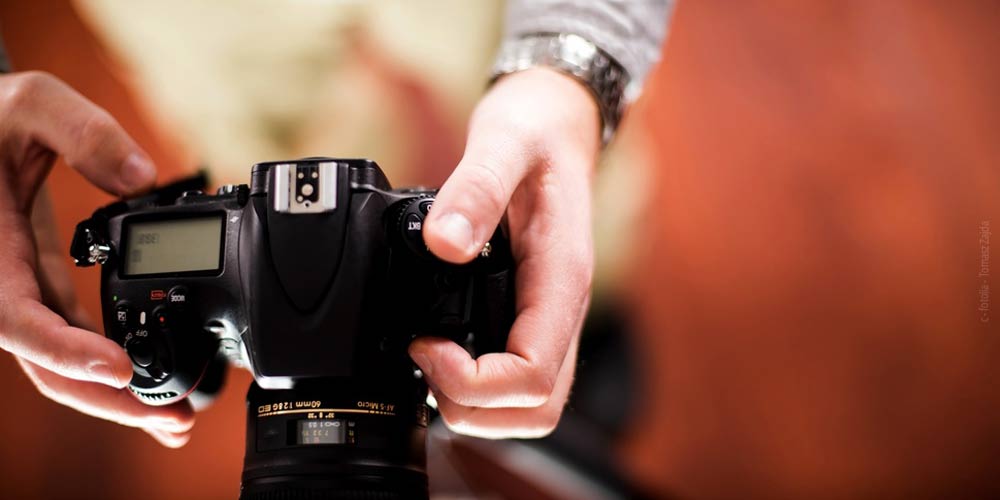Introduction to underwater photography – how your camera survives the next dive
Underwater photography is an expensive business. In addition to diving courses and diving equipment, there are also costs for underwater equipment. But most divers are fascinated by the mysterious beauty of the underwater world. Then it’s time to take the next step and begin the adventure of underwater photography, whether you just want to snorkel and photograph people in the sea or explore exotic photo paradises as a diver – here are your first steps into the world of underwater photography.
The right equipment for underwater photography
Analogue and waterproof disposable cameras are available from retailers starting at 8.99 euros. The cameras are waterproof to a depth of 10 m and are suitable for children or occasional snorkelers to take underwater pictures of holidays by the sea or in the pool. But those who value good underwater pictures will not be able to avoid the purchase of a waterproof digital camera. So-called outdoor cameras are already available for 100 euros, as a rule they have a small flash to brighten up the immediate surroundings. Up to a water depth of 10 m, quite useful photos can be taken with it. The next evolutionary step involves compact digital cameras in underwater housings. These cameras are a good compromise for all those who cannot or do not want to buy the expensive SLR cameras with underwater housing. The compact cameras are offered by almost all manufacturers, it is also worth taking a look at the range of used models. The cameras are easy to operate in their housing, external flash units, lamps, filters or lenses are easy to mount. The flash has significantly more power and these cameras are usually suitable for water depths up to 60m.
Underwater Photography Guide Equipment
In this Video Adventure Photographer Benjamin Jaworskyj talks about Underwater Photography Equipment he uses and had used for different types of Budget and Skill.
Cleaning and maintenance of waterproof housings
The housing is mostly made of plastic or aluminium and can be balanced by weights under water. Rubber rings are used to seal the housing at the points where it is to be opened. These gaskets must be thoroughly cleaned and maintained and inspected for damage before each dive. Especially salt or chlorine residues have to be carefully removed. Especially in the field of macro photography these cameras do not have to hide from the SLR cameras. Not every camera can be used as an underwater camera. Make sure that the underwater housing is suitable for your camera. An inappropriate housing not only leads to poor picture quality, it can even lead to water damage.
How to photograph under water
Whether you are using an inexpensive compact or an expensive DSRL camera, the rules of underwater photography are universal. You don’t do anything wrong when you switch the camera to auto mode, manual settings under water are not everyone’s cup of tea. However, the manual shooting mode gives you endless possibilities to take pictures in the underwater world. A common problem with underwater photography is blurred photos. The fish normally don’t wait until the photo is taken but swim away quickly from the fact that the autofocus gets problems. In addition, the shutter speeds are often very long due to the low light. Set the camera so that the shutter speed has priority. Try to keep the camera as still as possible to avoid camera shake. Optical image stabilization should be enabled. If you have artificial light available, you should use it. On the seabed there is a danger of swirling up mud with every step. Move as carefully as possible to keep the water clear. Fish and other sea creatures are very jumpy, so you should approach them carefully and slowly. When taking close-ups of corals, for example, the autofocus may have problems with focusing. Therefore, you should switch to macro mode, which allows these close-ups.
Result: Taking photos under water doesn’t always work right away, but is definitely worth a few hours of practice
Cool shots of shipwrecks, fish and corals require a lot of technology and equipment. In addition, the best diving areas are not necessarily found on the doorstep. However, anyone who has ever photographed exciting motifs under water with a camera will hardly be able to get away from it. Those who work carefully and adhere to the photographic rules will be rewarded with a large number of fascinating photos.











